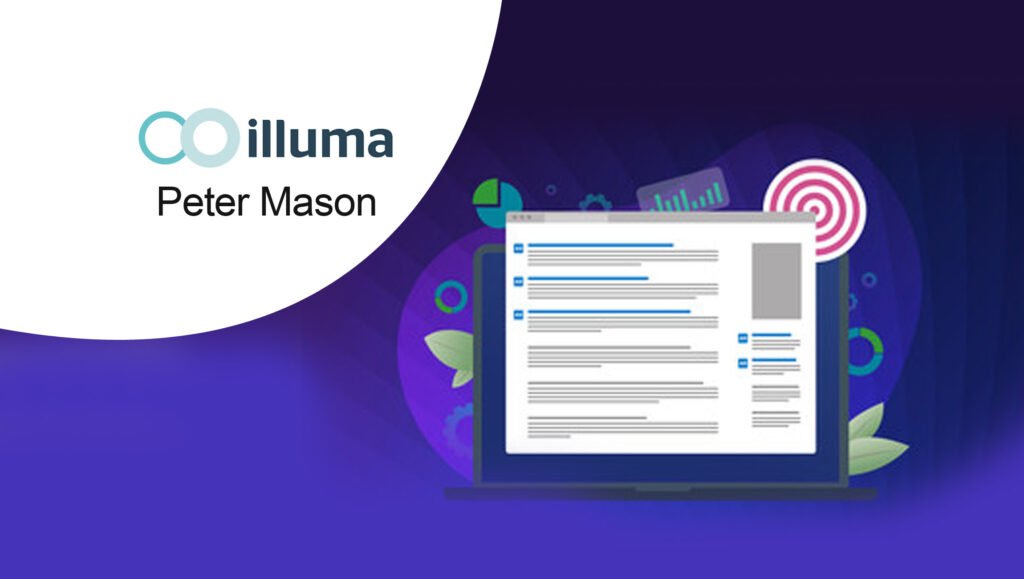What do you get if you throw contextual targeting and behavioral targeting into the mixer? Is it possible to get the best of both worlds, while boosting reach, relevance and performance at the same time?
That’s the challenge we set ourselves when we created Illuma back in 2016. The same questions are being asked now, with cookies on the decline and the ad world eagerly looking for compliant alternatives which also deliver scale, without compromising on results.
Marketing Technology News: Strata Introduces Identity Orchestration Platform for Multi-Clouds
What emerges from that mixer is essentially contextual targeting powered by audience browsing behavior; and it has the potential to take advertising in a whole different direction.
Google’s FLoC may well end up being the biggest player in this space – early information suggests it will look at the online browsing behavior of groups and use that information to make targeting decisions. And since Google confirmed that identity replacements won’t work in Chrome or its other environments, all eyes are now on the FLoC trials taking place in the US and other countries.
The best of both worlds
Illuma has been working in this contextual-behavioral space for more than 5 years, long before concerns were raised about cookies and the use of personal data in programmatic. And if our own experiences are anything to go by, brands and traders who can secure the benefits of both systems are onto a good thing.
First up, keyword-contextual works without relying on personal data; it also offers controlled environments and brand safety. But it is static, working only within limits set before a campaign, and it misses many non-obvious opportunities that arise while the campaign is running. For this reason, it also struggles with scale and is often cluttered with competitor advertising.
Behavioral targeting on the other hand, offers personalization and measurement, but it is also based on assumptions about users, drawn from their historic browser data. Of course, it is also decreasingly viable in the privacy-first world. Behavioral, too, is static and struggles with scale as it must narrow down in order to find success.
Bring together the positives from these two systems and shed the assumptions and limitations, and the resulting blend seems pretty interesting – targeting which reaches engaged and relevant users, without using cookies or ID-workarounds, in quality brand-safe environments.
Relevance and scale
In a similar way to Google’s FLoC, our technology learns from a group’s behavior in-campaign and then decides where to channel funds contextually based on this signal. But Illuma does this on the fly. Using AI, we’re able to consider hundreds of topics simultaneously based on what’s working best for a campaign then adapt and expand in real time to target them.
Crucially, this approach gives us the capacity to grow campaigns without losing audience relevance and to deliver much-needed scale – something the fledgling identity solutions were always going to struggle with.
Global brands including AMEX, Aviva, Pernod Ricard and TUI have been working this way for years, quite simply because this style of targeting delivers results.
Marketing Technology News: MarTech Interview with Navdeep Saini, Co-founder and CEO at DistroScale
A new direction
The decline of cookies is the biggest challenge the online ad industry has ever faced – but it’s also a chance to innovate and look for better ways to do things.
So we’ll be watching with interest as the FLoC trials unfold and we all learn more about what’s possible in this contextual-behavioral space.
After this period of uncertainty, we’re excited by the thought that advertising might emerge with a new energy and headed in a new direction – one which respects user privacy and offers brands the best of both these worlds.






















